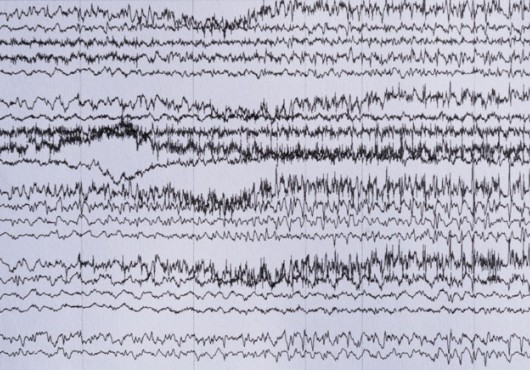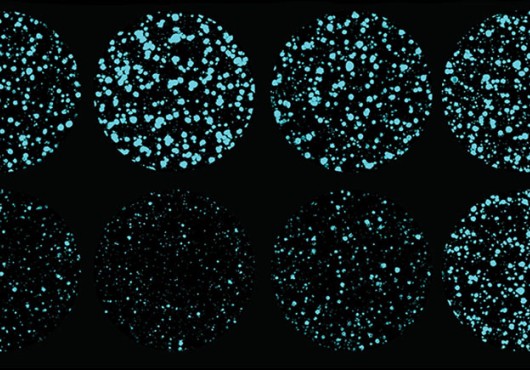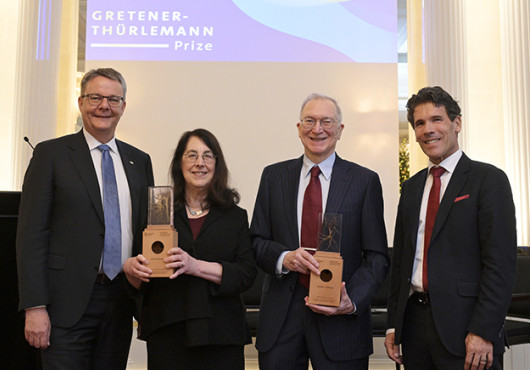
At a glance:
Study in mice offers insights into the brain circuitry underlying certain types of reward-based choices.
Researchers identified distinct groups of brain cells activated when animals anticipate a reward to be above average or below average for a choice.
The findings enhance understanding of human decision-making and how the brain balances risk and reward.
Every day, our brain makes thousands of decisions, big and small. Any of these decisions — from the least consequential such as picking a restaurant to the more important such as pursuing a different career or moving to a new city — may result in better or worse outcomes.
How does the brain gauge risk and reward in making these calls? The answer to this question continues to puzzle scientists, but a new study carried out by researchers at Harvard Medical School and Harvard University offers intriguing clues.
The research, published Feb. 19 in Nature and supported in part by federal funding, incorporated machine-learning concepts into mouse experiments to study the brain circuitry that supports reward-based decisions.
The scientists uncovered two groups of brain cells in mice: one that helps mice learn about above-average outcomes and another associated with below-average outcomes. Together, the experiments showed, these cells allow the brain to gauge the full range of possible rewards associated with a choice.
“Our results suggest that mice — and by extension, other mammals — seem to be representing more fine-grained details about risk and reward than we thought before,” said co-senior author Jan Drugowitsch, associate professor of neurobiology in the Blavatnik Institute at HMS.
Authorship, funding, disclosures
Additional authors on the paper include Adam Lowet, Qiao Zheng, Melissa Meng, and Sara Matias.
The study was funded by the National Institutes of Health (R01NS116753; F31NS124095), the Human Frontier Science Program (LT000801/2018), the Harvard Brain Science Initiative, and the Brain & Behavior Research Foundation.






